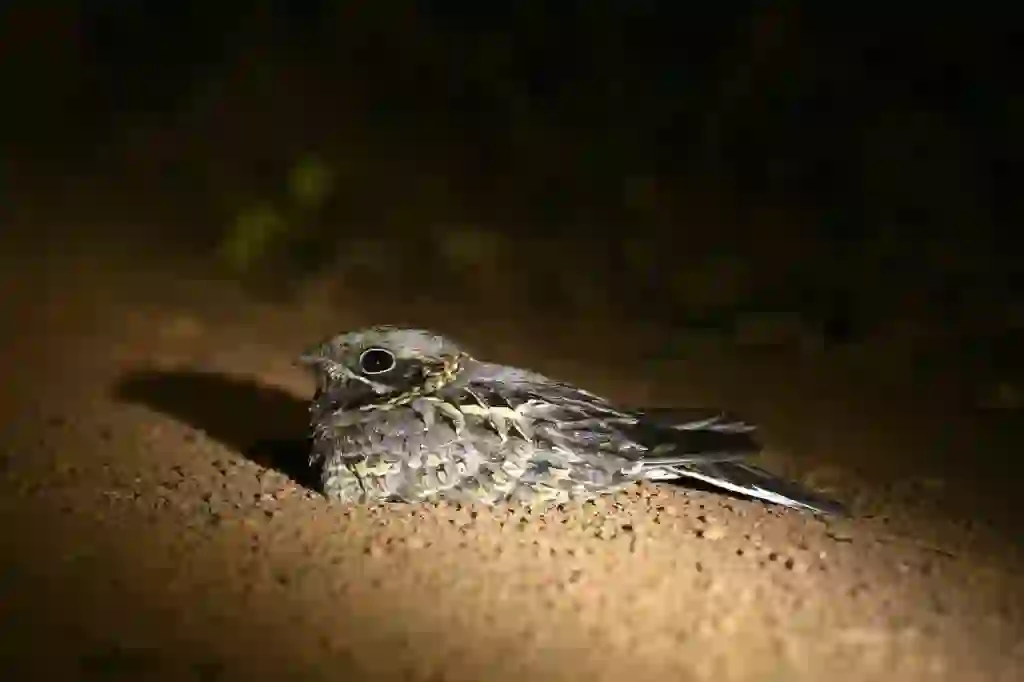
Grey Nightjar
Grey Nightjar
Grey Nightjar
Do you know a wild bird called "grey nightjar"? Grey nightjars are nocturnal and have a sober color, so few people will have actually seen them. At first glance, the grey nightjar looks plain, but in fact, it is also a bird with interesting characteristics such as a surprisingly wide open mouth and a beard. To find out what characteristics and secrets grey nightjars have, let's take a peek into their lives together in this article.
Grey Nightjar Basic Infomation
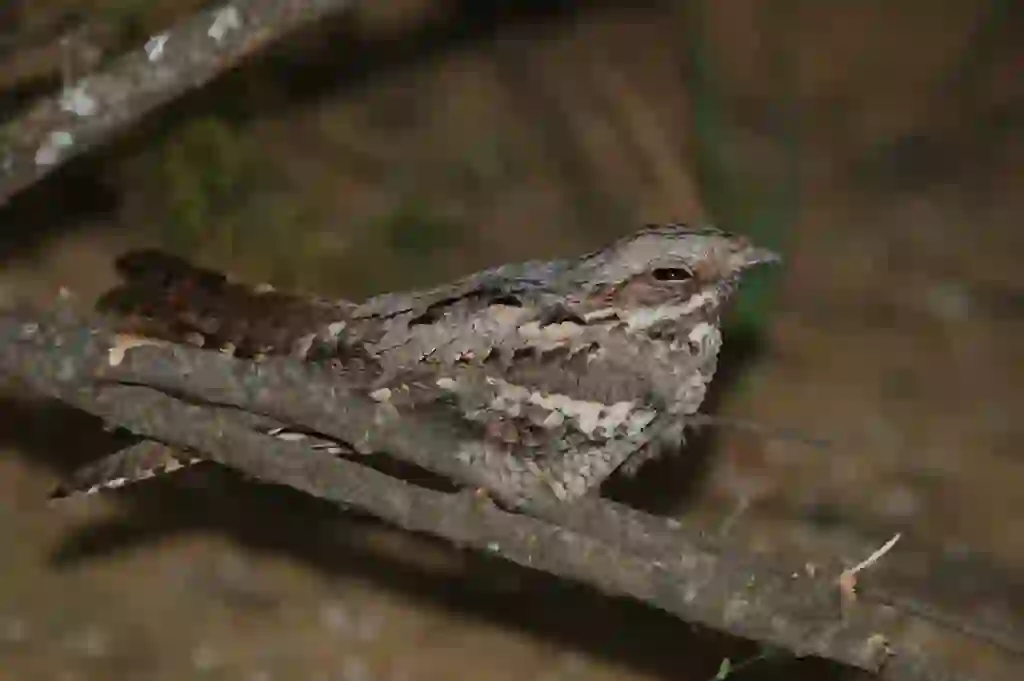
Aves-Caprimulgiformes-Caprimulgidae.
Length 29cm.
Grey nightjar is a species of wild bird belonging to the grey nightjar order that is observed in a wide range of regions around the world, including Japan.
The body color is blackish-brown or grayish-brown, with black patterns all over the body. The plain-looking body color serves as camouflage, making it look like it blends in with the ground when crouching on the ground or like a knob on a tree branch when perching on it, helping to protect itself from enemies.
A major feature is that its mouth opens wide, and its beak opens so much that you might think the corners of its mouth will tear. Also, unlike other birds, it may be characterized by its ability to perch parallel to tree branches.
Grey nightjar does not make a nest around June and lays eggs directly on the ground. The female usually lays two eggs at a time and warms them up with the center of her body. After about 19 days, the eggs hatch. The chicks can fly after about 15 days of hatching and leave the nest a few days later.
Grey Nightjar Q&A

Where does the grey nightjar get its name?
In English, it is called "grey nightjar", but in fact, it is called "yotaka" in Japanese name.
Why is it called a yotaka in Japanese this time? We will introduce its origin. Unfortunately, however, we were unable to find any specific origins or history in this survey.
According to one theory, the name yotaka was given because it is a hawk-like bird that acts at night. It is also considered.
※At night, it is called "yoru" in Japanese, and the hawk is called "taka" in Japanese.
By the way, the scientific name of the grey nightjar is "caprimulgus indicus".
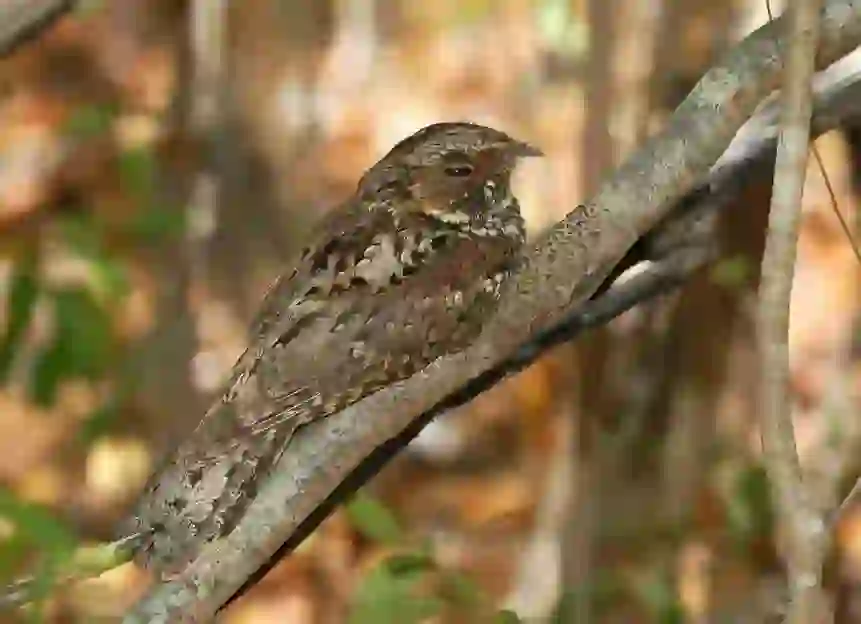
Why do grey nightjars live there?
Grey nightjar is a migratory bird that inhabits Japan, India, Nepal, Southeast Asia, Russia, China, the Korean Peninsula, the Malay Peninsula and other areas.
Grey nightjar spends the breeding season in Japan, China and the Korean Peninsula and winters in Southeast Asia (Indochina Peninsula and Malay Peninsula).
It comes to Japan as a summer bird around April and settles in mountainous areas below 2,000m above sea level. It seems to prefer dry places on the ground such as bright forests and satoyama where human hands have intervened rather than deep forests.
It is believed that grey nightjar lives in these areas to spend the winter in warm places and to secure enough food in places with few competitors during the summer. For birds that can fly, long-distance travel is very dangerous and difficult.
However, migratory birds know that moving is better for securing higher quality food, so they repeat migration every season.
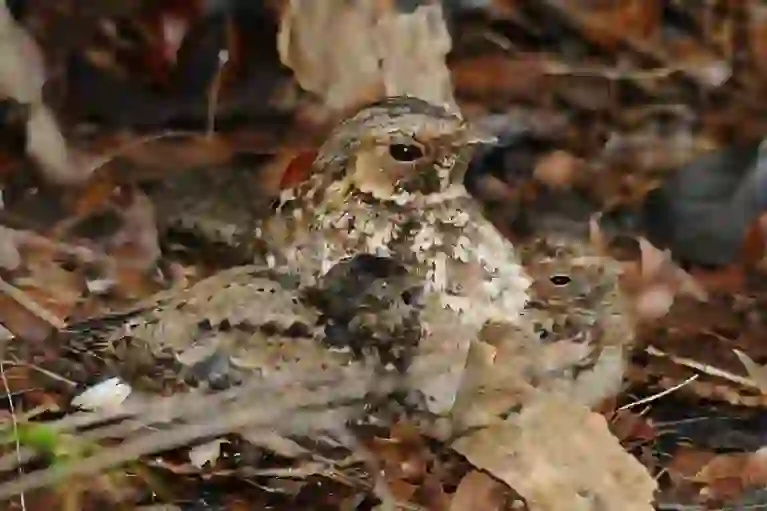
What do grey nightjars eat?
Grey nightjar is a carnivorous animal that mainly eats insects such as moths, stink bugs, grasshoppers, and crane flys.
Grey nightjar flies through the air without making any noise like an owl and eats insects that come into its mouth by opening its mouth wide and sucking them in.
Basically, it eats while flying, but it seems that it also catches insects on the ground.
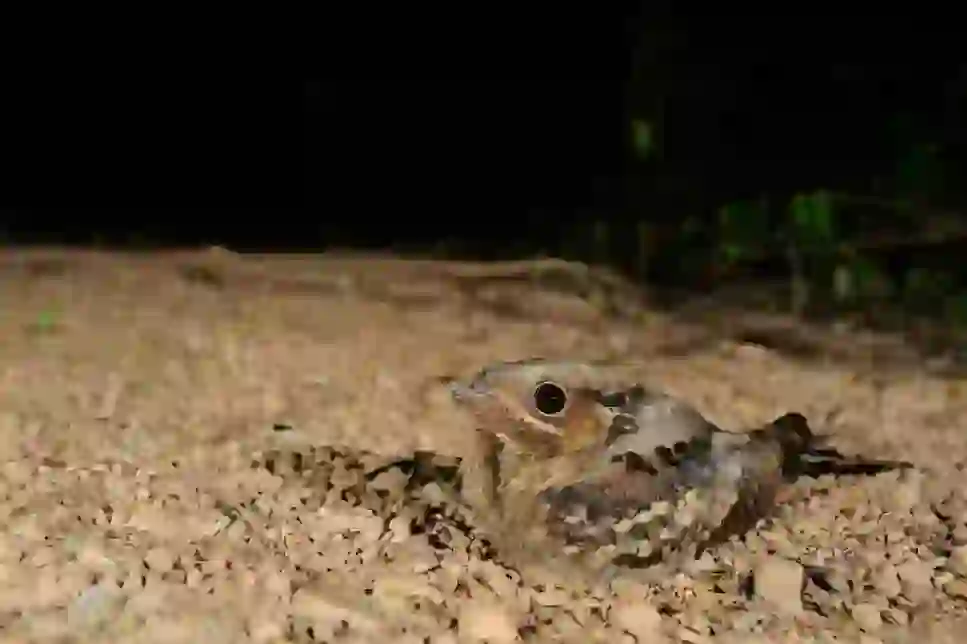
Is it true that grey nightjars' calls are distinctive?
It's true.
Grey nightjars are known to chirp with characteristic voices, but it is not known whether there are differences in their calls by gender.
The most famous cry is “Kyokyokyokyokyo,” which is believed to be the way of crying when claiming territory. When there are other nightjars nearby, they may make a different cry that sounds like “Pou pou pou” or “Kou kou kou.”
When excited or alert, they may also make short cries such as “Goa” or “Geh.”
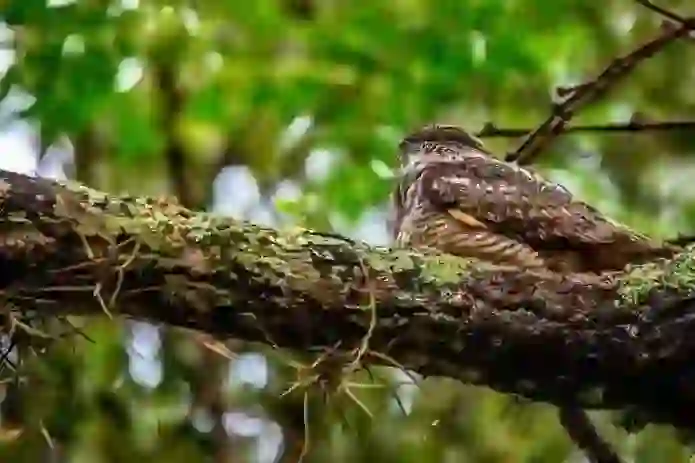
How can I observe grey nightjars?
Grey nightjar is a nocturnal animal that becomes active at night. It is very dangerous and difficult to enter a forest with poor footing at night and find and observe wild birds that blend into the darkness like grey nightjar.
Therefore, if you want to observe grey nightjar, you need to make an effort such as waiting at a place where there are many insects that are food for grey nightjar (such as streetlights and vending machines) early in the morning, or looking for a place where grey nightjar is likely to lay eggs by listening to the sound of grey nightjar cries and waiting there.
Grey nightjar is very cautious, so it is difficult to see them without a long-term strategy or by chance.
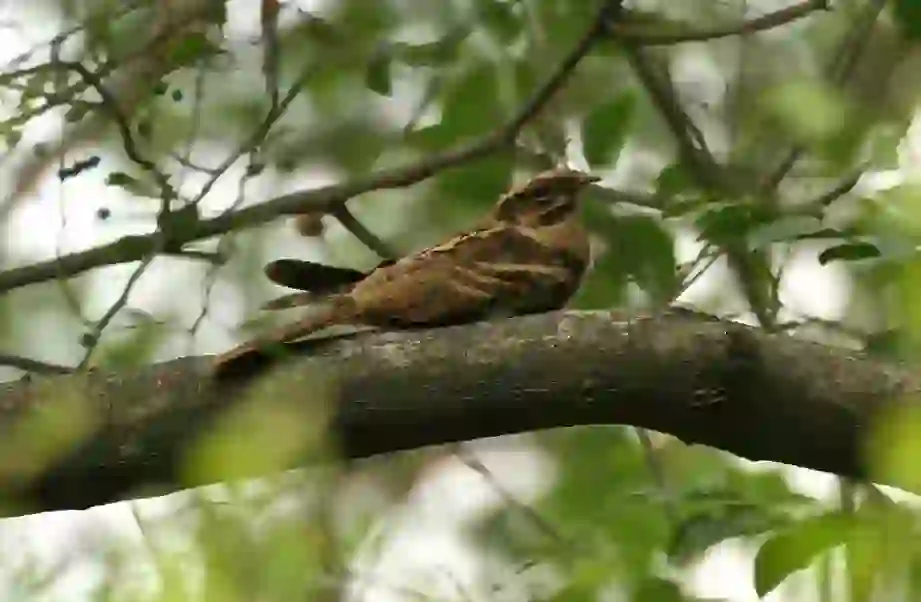
Why does a grey nightjar have a beard on its beak?
If you look closely at the face of grey nightjar, you will see something that is not often seen in other birds. Yes, there are many whiskers growing around grey nightjar beak. So why does grey nightjar have whiskers?
In fact, grey nightjar whiskers are thought to have a net-like function and are useful when catching small insects by opening their mouths wide.
The fact that grey nightjar has a beak that opens so wide that it seems to tear apart in order to eat insects and the fact that it has whiskers growing around its beak are interesting characteristics unique to grey nightjar.
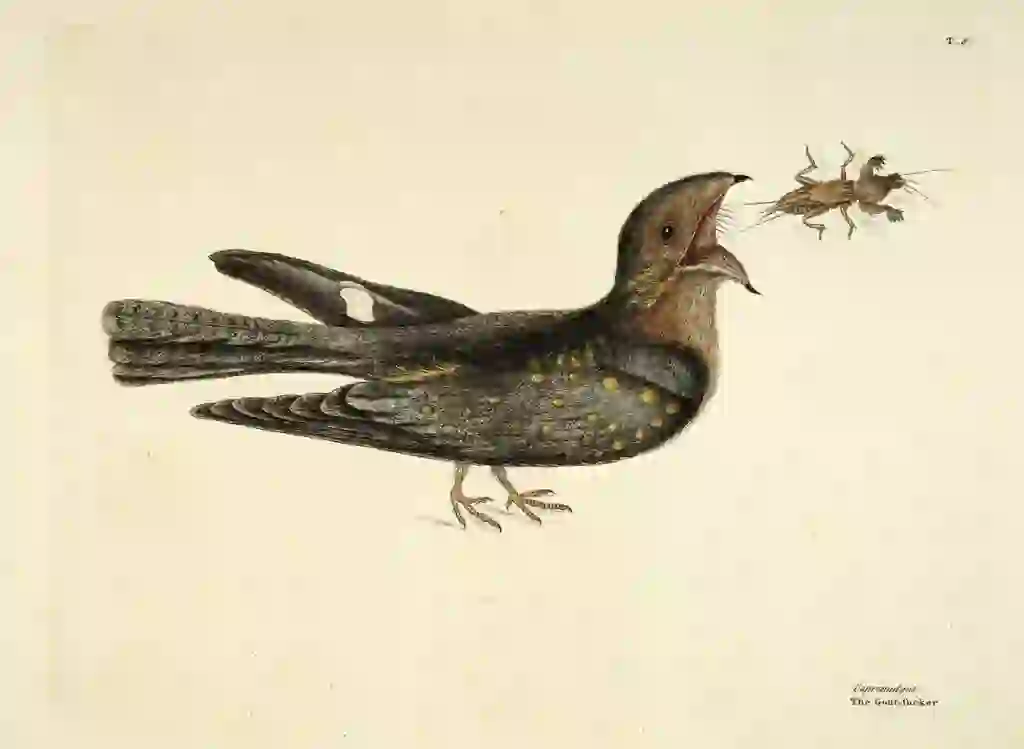
What was "yotaka soba noodles" in the Edo period?
「Where does the grey nightjar get its name?」 As mentioned in the question, grey nightjars are called "yotaka" in Japanese.
And after the name yotaka, in the Edo period of Japan, there was a soba restaurant called "yotaka soba" or "yonaki soba". yotaka soba refers to "a merchant who sells soba in the town at night" or "the soba itself sold by the merchant".
It is said that this name was derived from the habit of grey nightjars that were active at night, and that the prostitutes who touted in the city at night were commonly called "yotaka", and they liked to eat them.
Yotaka soba noodles, which were very inexpensive and easy to eat, seem to have been familiar to the common people, and they often appear in kabuki and rakugo.
By the way, just like yotaka soba noodles, the udon sold at night was called yonaki udon.
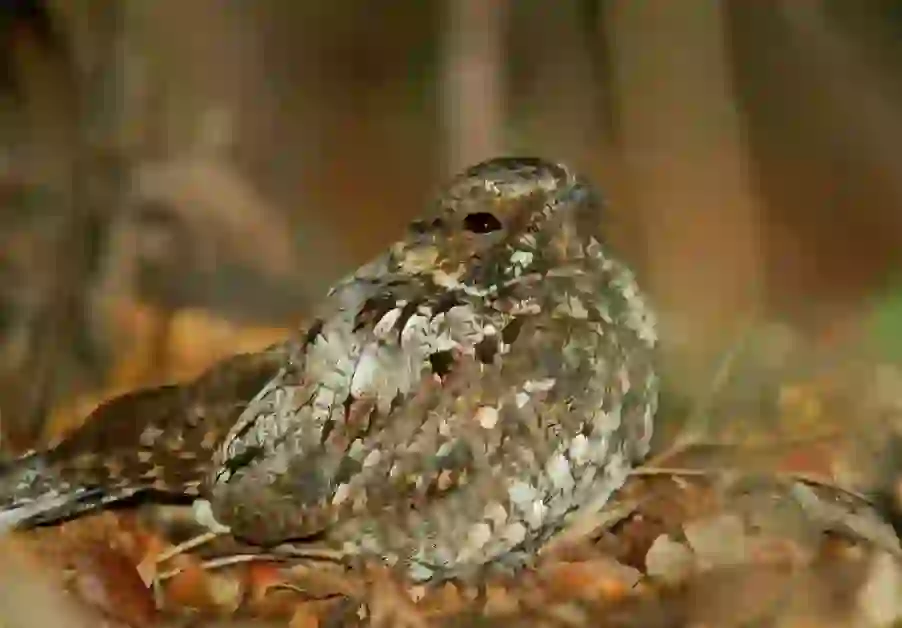
Can grey nightjars be kept as pets?
When breeding rare animals at home, it is necessary to follow the established laws in some countries. This time, we will introduce whether it is possible to breed grey nightjars at home in Japan.
The Japanese grey nightjar is not a hunting animal that is allowed to be captured, so it cannot be captured regardless of whether or not you have a hunting license.
If you really want to capture it, you will need to obtain permission from the Ministry of the Environment or the governor of the prefecture where you live.However, it is unlikely that permission will be granted for the purpose of keeping it as a pet.
However, the “tawny frogmouth,” which belongs to the same nightjar order and lives in Australia, seems to be circulating in small numbers for pets. It is believed that no special permission or application is required to keep an tawny frogmouth as a pet, but it is not a bird that can be easily kept.
When keeping an tawny frogmouth as a pet, it is important to first learn how to keep birds of prey properly and find a veterinarian who can examine and treat rare animals. Since mice, quail, chicks, and other animals are used as food for the bird, you also need to be prepared to see blood and internal organs every day.

Is there a place to see grey nightjars in Japan?
There are no Japan zoos that breed grey nightjars at this time. It seems that they are sometimes protected from weakened areas due to injury or illness and are temporarily raised.
By the way, the "tawny frogmouth" that I mentioned in the previous question "Can grey nightjars be kept as pets?" are bred at Tama Zoological Park in Tokyo, Nasu Animal Kingdom in Tochigi Prefecture, and Kobe Animal Kingdom in Hyogo Prefecture.
Although the tawny frogmouth looks like an owl, it is a member of the grey nightjar family.
The staple food is insects, the same as grey nightjar, but they also eat small mammals, birds, reptiles, etc. They seem to be a hidden favorite at zoos because their feeding behavior is cute.
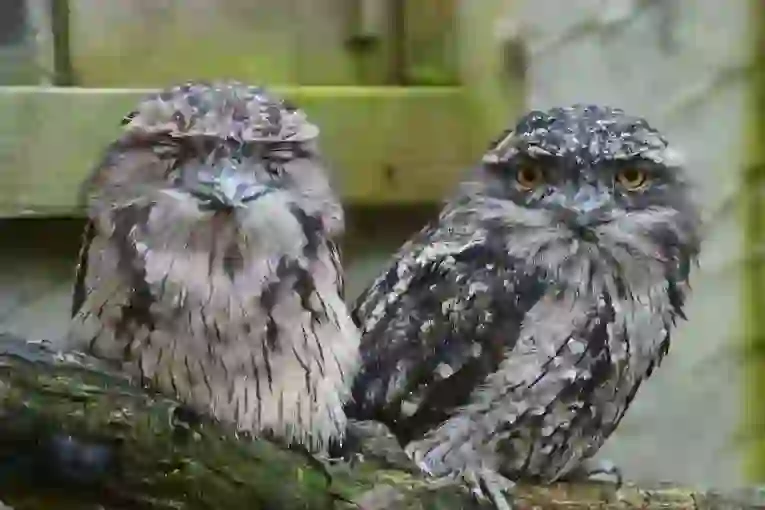
What is the lifespan of a grey nightjar?
I looked up the lifespan of grey nightjar, but unfortunately I could not find any reliable data or answers.
It is not easy to investigate the lifespan of wild animals, especially birds that can fly freely in the sky. This is because if you want to investigate the lifespan of a wild animal, you have to keep chasing it without losing sight of it while it is still alive.
However, according to some sources, the lifespan of the “european nightjar,” which belongs to the same grey nightjar family, is said to be 4-10 years old.
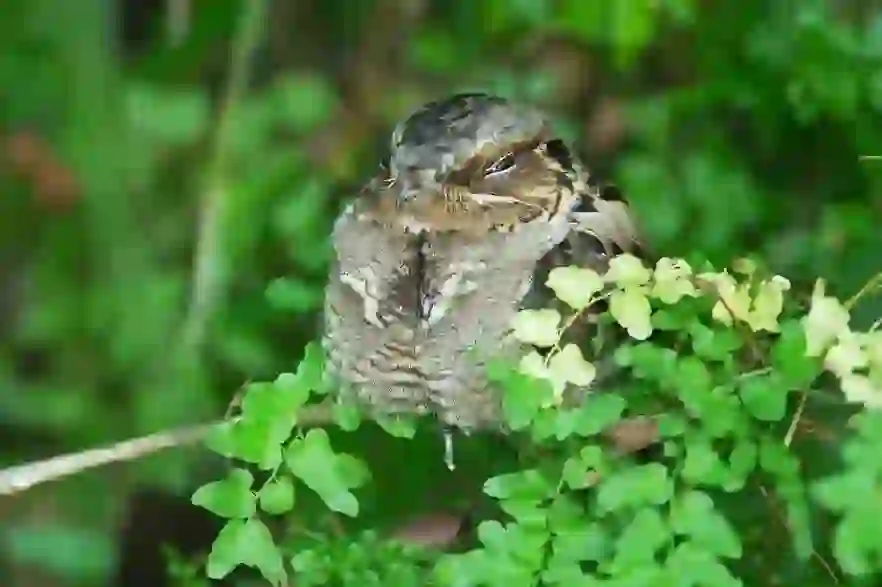
What enemies do grey nightjars have?
It is said that the natural enemies of grey nightjar are carnivorous animals such as weasels, snakes, and cats.
Since grey nightjar does not make a nest and lays eggs on the ground, it seems that they can be eaten by these animals when they are laying or holding eggs.
But for grey nightjars, our biggest enemy is us humans.
Until the 1970s, grey nightjar was a common and familiar bird species, but since 1980, its habitat has deteriorated and it has become a rare bird that is rarely seen.
It is thought that the decrease in the number of grey nightjar is due to the reduction of forests in Southeast Asia where they spend the winter and the deterioration of satoyama in Japan where they spend the summer.
The number of grey nightjar is decreasing year by year, and in 2012 it was designated as a “quasi-endangered species” that requires protection.
We hope to focus on Japan’s nature and environment so that grey nightjar can become a familiar presence again.

Would you like to become a part of the 'Animalbook.jp'?
Turn your knowledge into Q&A and share it with the world. ※Publication will be activated after purchase. Let's share information together!
Grey Nightjar Type of List
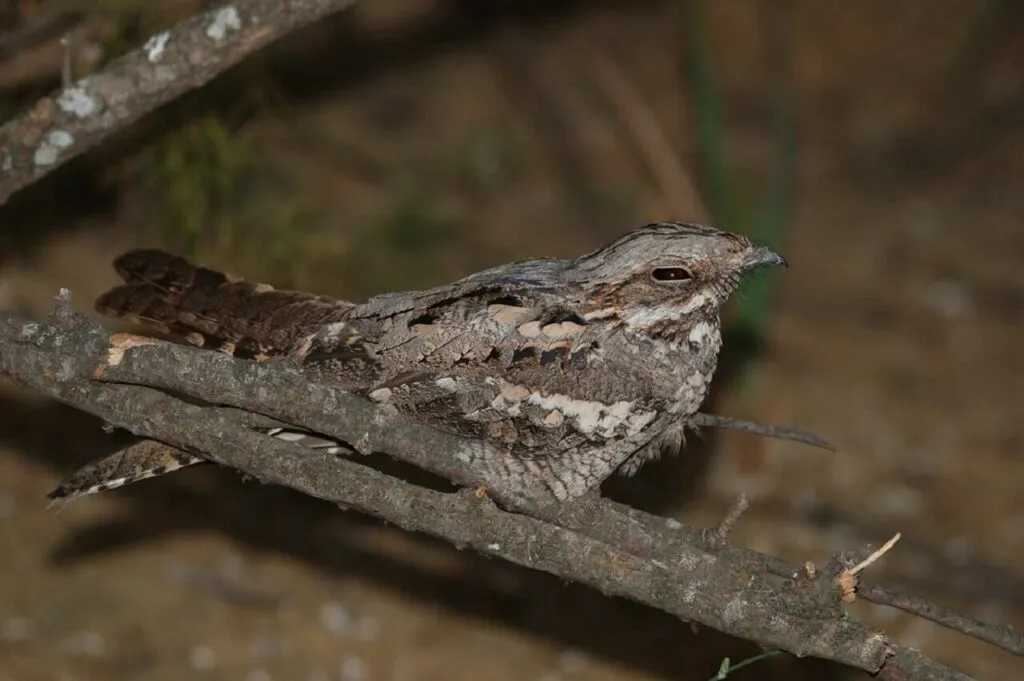
- Grey Nightjar
Information
Congratulations! You are the first commenter!

Create Your Favorite List!
Grey Nightjar
Save the animals you love! Build your own list to quickly revisit your favorites later.

Would you like to leave a comment?
※Please note: This is for the purchase of rights to post comments within the article.
Find Your Favorites!
Our shop offers a unique and attractive selection of goods themed around various animals.
Grey Nightjar References

- 認定NPO法人バードリサーチ「ヨタカの基礎的生態とモニタリング調査」 https://www.bird-research.jp/1_event/aid/img/BR-aid2012plans.pdf
- 認定NPO法人バードリサーチ「バードリサーチニュース 生態図鑑 ヨタカ」 https://db3.bird-research.jp/news/201804-no3/
- 旭川市旭山動物園「ゲンちゃん日記・令和2年1月「『よだかの星』のヨタカを保護」」
- https://www.city.asahikawa.hokkaido.jp/asahiyamazoo/news-blog/genchannikki/d068342.html
- Japaaan「江戸時代の麺といえば「夜鷹そば」名前の由来は遊女と鷹匠」 http://news.line.me/issue/oa-japaaan/21e3756f4149
- 倉敷市「倉敷市立自然史博物館友の会の行事」 http://www2.city.kurashiki.okayama.jp/musnat/tomoevent/2017/20170701yotaka/20170603.htm
- 国土交通省近畿地方整備局「食と農」の博物館「ヨタカ展~ヨタカを地域資源とした生物産業の創出~」 https://www.kkr.mlit.go.jp/asuwa/pdf/eco/hyouka2/hyoukasyo_06107-2.pdf
- 愛知県環境WEB情報提供システム「ヨタカ Caprimulgus indicus Latham」 http://kankyojoho.pref.aichi.jp/rdb/pdf/animals/species/cyou/ヨタカ.pdf
- 岐阜市「岐阜市の注目すべき生きものたち」 http://www.city.gifu.lg.jp/secure/26893/3honyurui-ichiran.pdf
- 日本野鳥の会京都支部「ヨタカ」 https://wbsj-kyoto.net/yachoulist/ヨタカ/
Grey Nightjar Introduction of media used

出典:https://pixabay.com/images/id-387040/

出典:https://pixabay.com/images/id-1888139/

other
出典:https://commons.wikimedia.org/wiki/File:Nightjars.jpg

出典:https://pixabay.com/images/id-387042/

出典:https://pixabay.com/images/id-3478174/

出典:https://pixabay.com/images/id-441085/
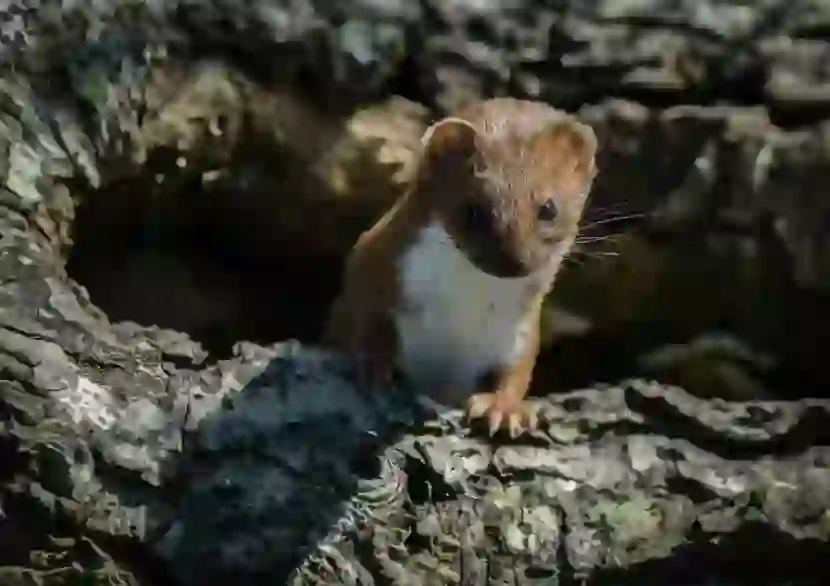
enemy
出典:https://unsplash.com/photos/asx2JwaceJQ
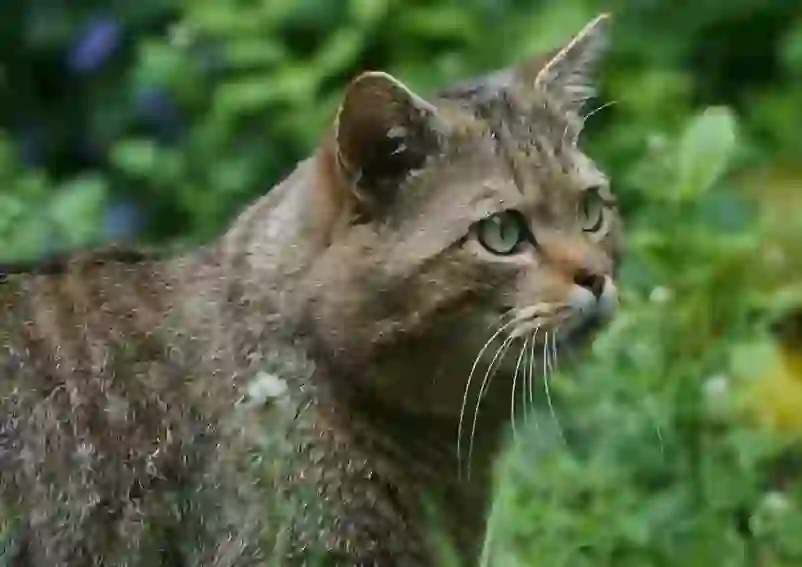
enemy
出典:https://pixabay.com/images/id-1382136/
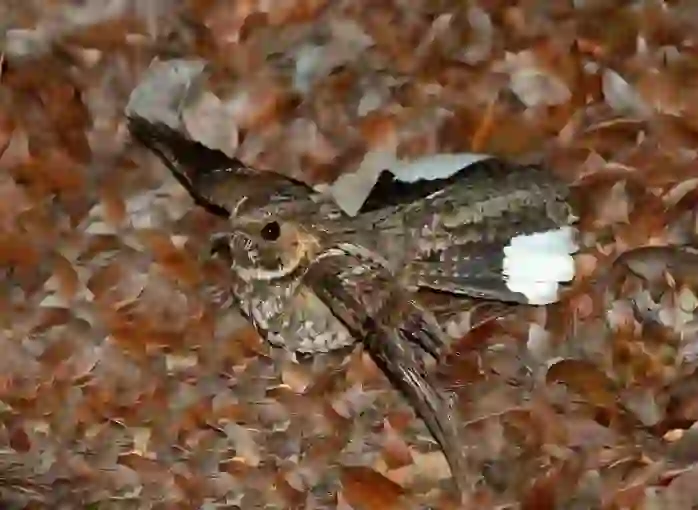
出典:https://pixabay.com/images/id-387043/

Help Enrich Our Animalbook.jp with Your Media!
We are constantly looking to expand and enrich our Animalbook.jp with amazing photos and videos of animals. If you have any media that you'd like to share, please contribute and help us showcase the beauty and diversity of the animal kingdom. Your submissions will be credited and featured in our encyclopedia, reaching a wide audience of animal lovers.
















